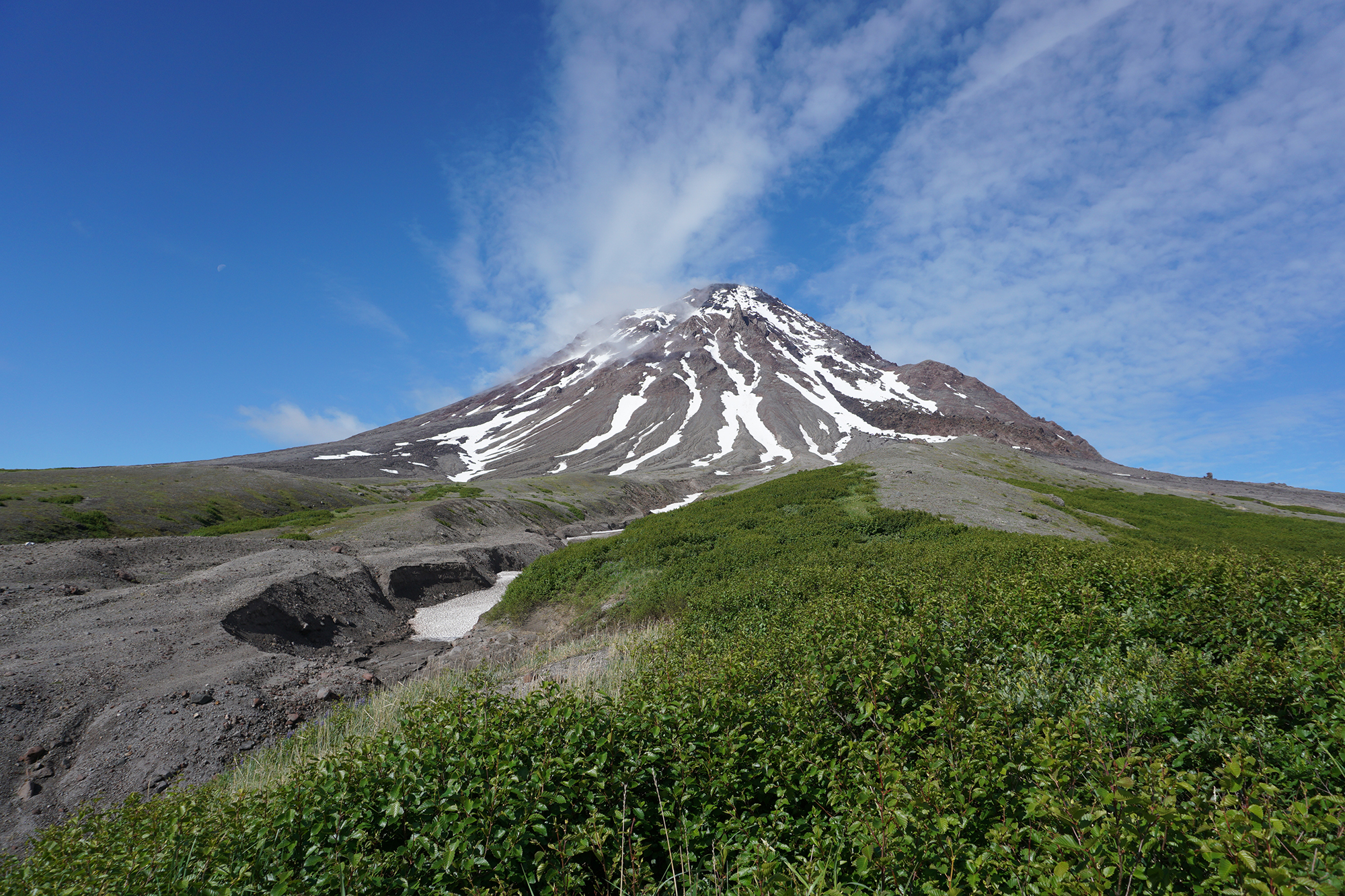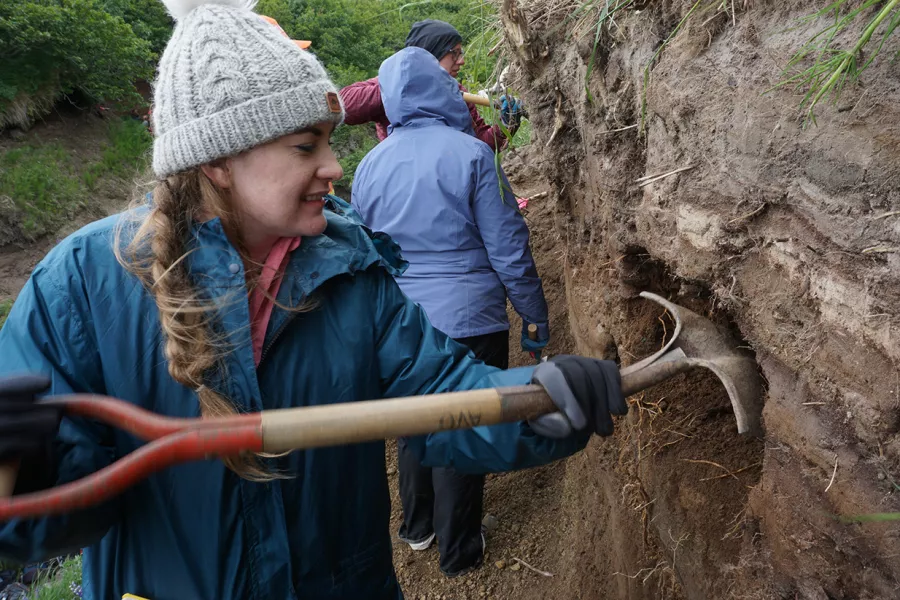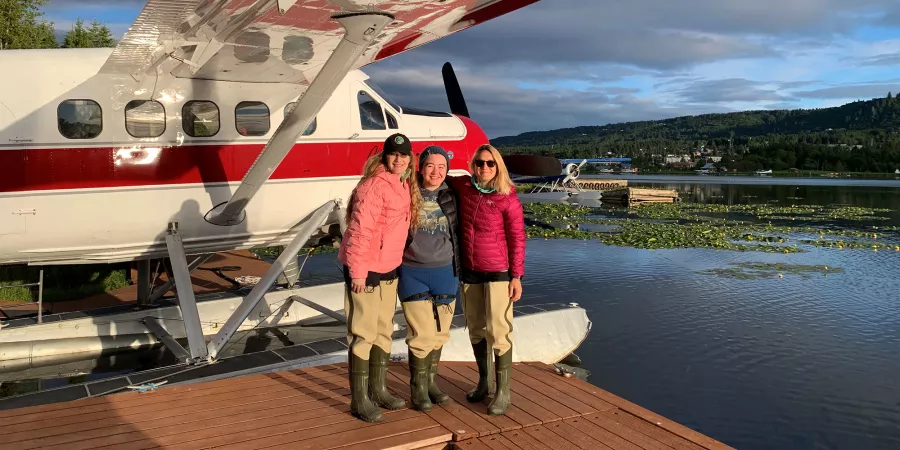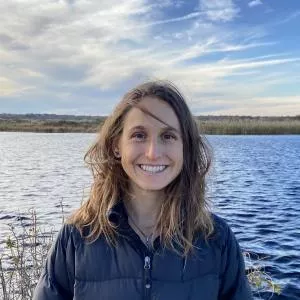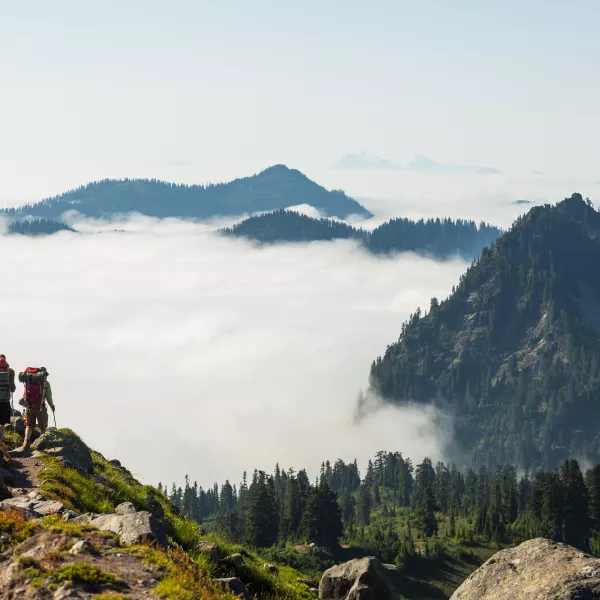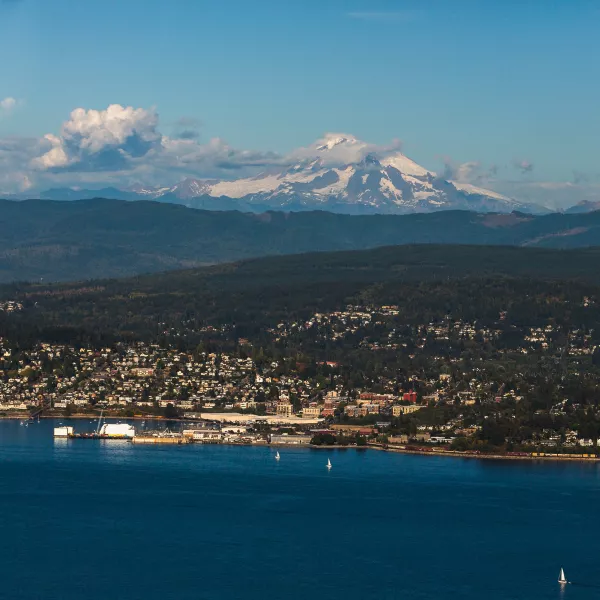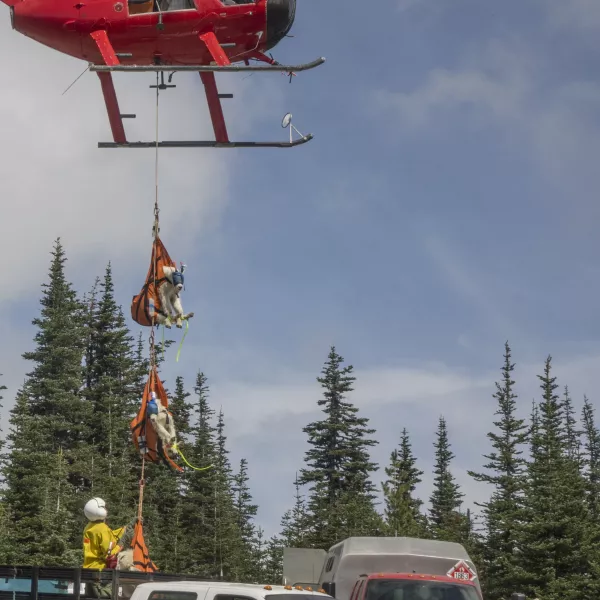WWU grad student Sloane Kennedy says the field work on Augustine this summer was an incredible experience that will play a big part in her upcoming decisions around a doctoral program and a career.
“Being at a location that I have been reading and writing about for the last year, viewing the eruption sequence with my own eyes, scooping bags of samples with my bare hands, and taking them back to the lab at Western is the opportunity of a lifetime,” she says. “I am certain my experience at Augustine will be a crucial factor in my success in applying for doctoral programs in fall 2023 and eventually reaching my ultimate career goals.”
Fellow grad student Mahina Robbins agreed that the field work on Augustine was a rare opportunity.
“Collaborating with the AVO (Alaska Volcano Observatory) made me feel that my professional goal of becoming a research volcanologist at an observatory may one day actually be realized,” says Robbins. “For now, I am excited to continue to tease out the chemical puzzles locked away in magmatic crystals over the course of my master’s program at Western.”
Walowski is doing related research via a separate $160,000 National Science Foundation grant on the cinder cones near Mount Lassen, the southernmost Cascade volcano, in Northern California.
This fall, she’ll turn her detective work to Koma Kulshan. Along with WWU Geology Professor Sue DeBari and Central Washington University Assistant Professor Hannah Shamloo, Walowski recently secured a $600,000 NSF grant to study Mount Baker the way she and her students studied Augustine.
That work will begin this fall with the arrival of three new WWU graduate students and two new CWU graduate students, and expand next summer to include students from Northwest Indian College and Whatcom Community College as part of a field-learning experience.
“It’s going to be a great opportunity not only to learn more about the eruptive history and personality of the volcano closest to us here at Western, but to provide valuable fieldwork experience to some really deserving students as well,” Walowski says.
